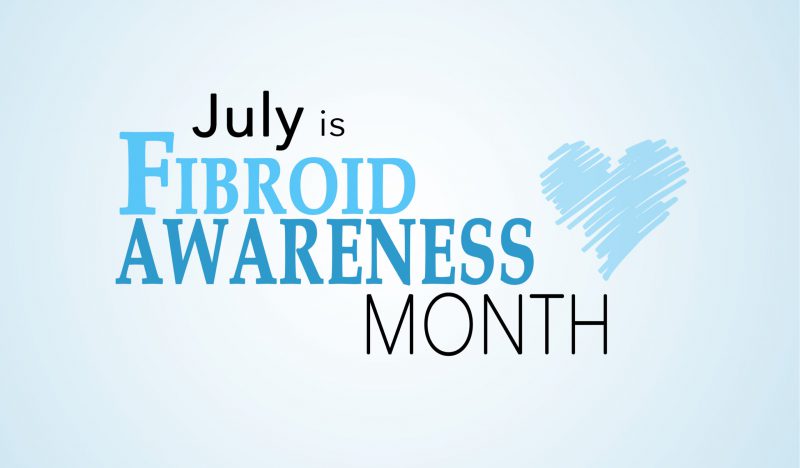Uterine fibroids affect up to 80 percent of U.S. women by age 50, but only half know their treatment options. July is Fibroid Awareness Month, and LMS partner Hologic’s Hey U! campaign educates women about fibroid awareness.
Hologic commissioned a survey by the Harris Poll earlier this year. Results show that 48 percent of women are unaware that a hysterectomy is not the only treatment option for fibroids. Also, 55 percent are not confident that they could identify a uterine fibroid.

Minimally Invasive Treatments are Available
Hologic’s Hey U! resource provides a wealth of tools to address these questions and myths. It features facts about symptoms and treatments, including personal stories.
Also called leiomyomas or myomas, fibroids are usually benign tumors that grow on the uterus wall. They range in size from a pea to a grapefruit. No medical evidence proves what causes fibroids, but researchers believe it is hormonal or genetic, among other theories.
Minimally invasive treatments are available. The Acessa® laparoscopic RFA system is one. MyoSure® tissue removal system is another. Both are available through Hologic’s GYN Surgical Solutions and are far less aggressive than a hysterectomy, commonly considered the only treatment option.
The White Dress Project is dedicated to fibroid advocacy and details the four types:
- Intramural. Within muscular walls of the uterus and can cause heavy bleeding or pressure symptoms.
- Submucosal. Either inside or abutting the uterine cavity. Typically causes heavy bleeding (least common).
- Subserosal. On the outer wall of the uterus. Usually causes bulk or pressure symptoms.
- Pedunculated. Fibroids on a thin stalk (less common).

Uterine Fibroids and Treatments
The FDA identifies common symptoms as abdominal pain, heavy bleeding, enlargement of the lower abdomen, frequent urination, and reproductive complications.
Hologic’s Acessa® laparoscopic and MyoSure® tissue removal procedures eliminate unwanted tissue, including fibroids and polyps, leaving the uterus intact.
Other treatments exist. The Fibroid Institute Dallas advises patients to consider Uterine Fibroid Embolization (UFE). UFE uses fluoroscopy to deliver embolic agents to the uterine fibroids. It deprives the blood supply, causing them to shrink and die.
The National Center for Biotechnology Information published a study, Uterine Fibroids: Burden and Unmet Medical Need. It claims the incidence rate of uterine fibroids is higher in Black women (80%) than in white women (70%). Definitive reasons why fibroids develop in women of any ethnicity are unknown.
Risk Factors for Fibroids
- Age. Uterine fibroids become more common with age, especially during the 30s and 40s. After menopause, they usually shrink.
- Family History. Having a family member with fibroids increases risk. If the mother had uterine fibroids, the risk is about three times higher than average.
- Obesity. Overweight women are at two to three times higher risk than average.
- Ethnicity. Approximately 80 percent of African American women and 70 percent of Caucasian, Hispanic, and Asian women develop uterine fibroids by age 50.
- Eating Habits. Eating a lot of red meat is linked to a higher risk of fibroids. Eating plenty of green vegetables seems to protect women from developing fibroids.
Courtesy U.S. Dept. of Health & Human Services

Fibroid Awareness Month
In 2021, U.S. Representatives David Scott (GA-13) and Yvette Clark (NY-9) introduced H. Res 1040, recognizing July as Uterine Fibroid Awareness Month. Scott credited organizations including the White Dress Project and Black Women’s Health Imperative (BWHI) for raising awareness and promoting July as Fibroid Awareness Month.
